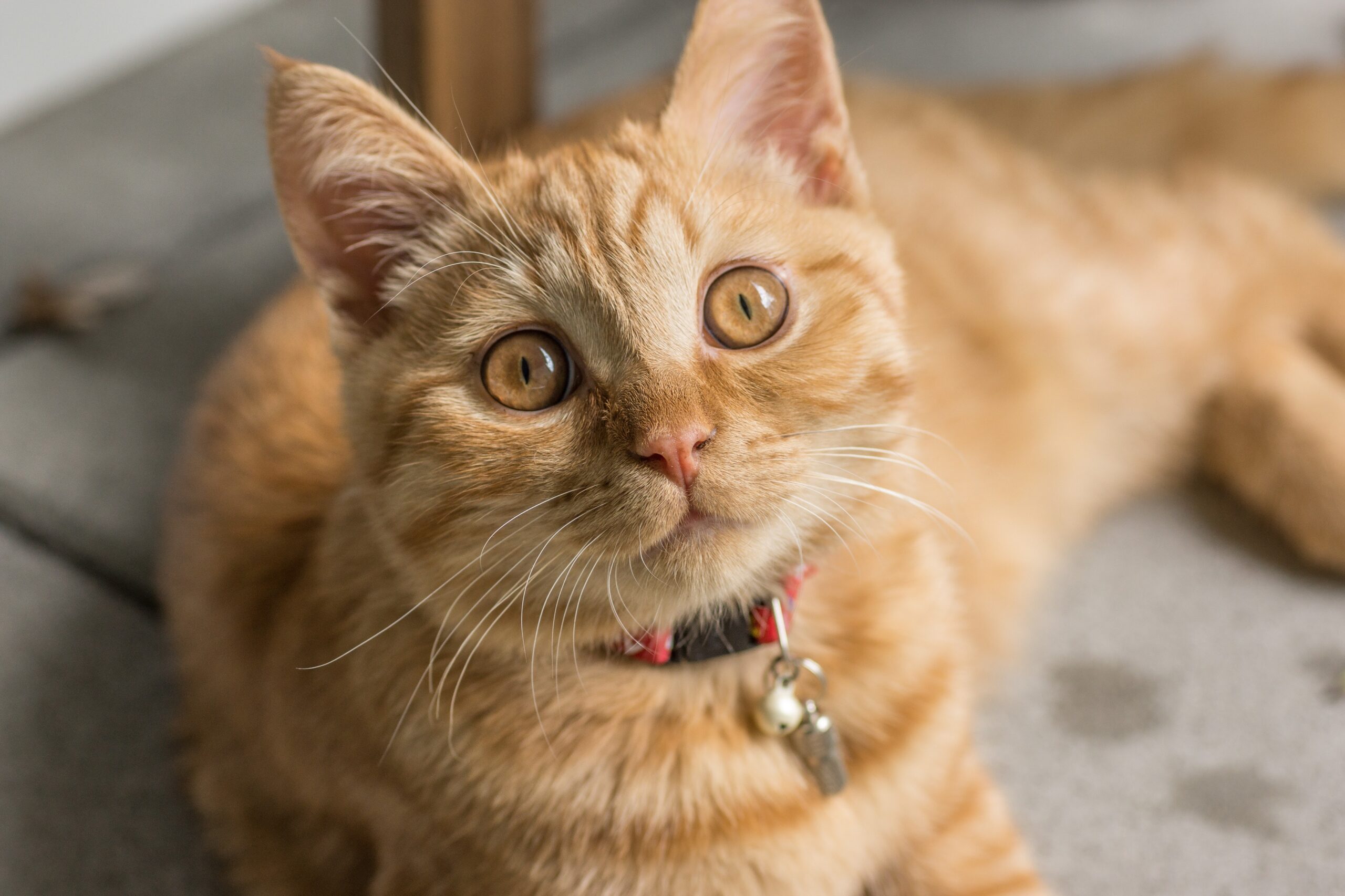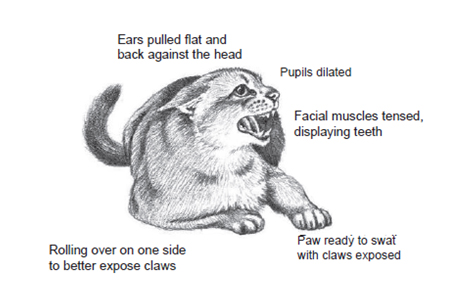How to recognize stress in pets
by Ontario SPCA and Humane Society | General Pet Care | February 28, 2023

Did you know that just like humans, our furry companions can also experience stress? Here are a few pointers in identifying stress in your furry friend based on their posture and changes in behaviour.
Common signs of stress and behavioural decline:
- Excessive vocalization
- Lack of normal self-maintenance behaviour i.e. eating, grooming
- Excessive grooming, possibly causing injury
- Depression, listlessness
- Stereotypies such as spinning or compulsive behaviour
- Inappropriate elimination
- Feigned sleep
If you have an animal exhibiting other signs that you are unsure about, please click here for a more detailed list of indicators of stress.
Dogs
Ongoing stressors can cause an escalation of the dog’s state from mild anxiety to aggressive behaviour, as illustrated in the diagram below:

For more information, click here.
Cats
Ongoing stressors can severely impact or compromise a cat’s immune status and physical health. See below for graphic examples of progressive states from mild anxiety to defensive aggression.



For more details regarding behavioural signs and postures, click here.
Categories
Testimonial
I stand behind SPCA with my monthly gift
I stand behind SPCA with my monthly gift. I am so happy there are folks like you to care for those who can’t help themselves. My family and I have had animals all our lives and know what a comfort they are. Thank you SPCA.